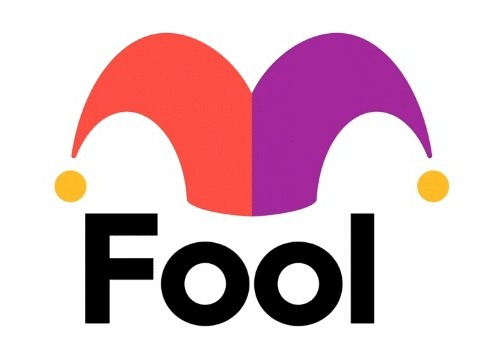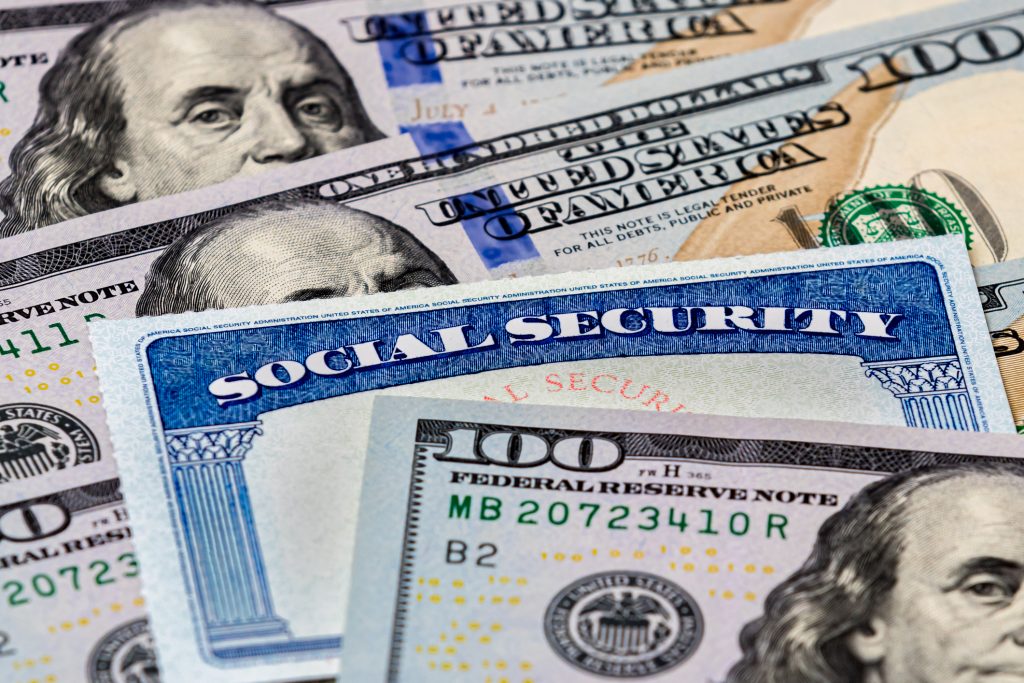If you’re a senior on Medicare, you’re probably used to the program changing each year. Often, those changes bring higher deductibles and premiums, and 2025 is no different. Those on Original Medicare will pay more for Parts A and B than in years past.
Many Medicare Advantage and Part D plans will face higher costs as well. But there’s one bright spot for those who struggle with high prescription drug costs.
Where to invest $1,000 right now? Our analyst team just revealed what they believe are the 10 best stocks to buy right now. See the 10 stocks »

Image source: Getty Images.
There’s a new cap on out-of-pocket prescription drug costs
Beginning in 2025, there’s a $2,000 cap on out-of-pocket prescription drug costs. Your personal spending counts toward this limit, as does money that other people or programs, like Medicare’s Extra Help, contribute on your behalf.
Once you’ve met this $2,000 cap, you won’t have any more Part D copays for the remainder of 2025. This only applies to drugs covered under your Part D plan, though. You’ll still have to pay for drugs that aren’t covered on your own. If you’re not sure which of your medications your plan covers, contact your insurer or review your plan documents to check.
Despite this, the new rule could save some seniors quite a bit. In 2021, more than 1.5 million seniors spent over $2,000 on prescription drug costs, with 12% of those spending more than $5,000 on their medications during the year.
There’s a new payment plan option, too
The cap on out-of-pocket prescription drug costs is the biggest Medicare change for 2025. But there’s also a new prescription payment plan option that could be useful for those with high medication costs. All Part D plans offer this, though participation is voluntary. If you’re interested, you can contact your provider to sign up.
If you join this payment plan, you won’t owe anything at the pharmacy. Instead, your Part D plan provider will pay the pharmacy and you will pay it a monthly amount for your prescription drugs. This could help you spread your medication costs out over the whole year.
The payment plan works best for those who expect high prescription drug costs early in the year, but it doesn’t work as well if you expect high costs later in 2025. For example, if you have $2,000 of prescription drug costs in January and none the rest of the year, you could divide that $2,000 equally over 12 months and only pay about $167 per payment. But if you incurred those $2,000 of costs halfway through the year, you’d only have six months to spread those costs over, so you’d pay twice as much per payment.
Generally speaking, if you are going to take advantage of the payment plan option, you typically want to do so before September. Otherwise, it could result in large monthly payments that might be difficult to fit into your budget.
Keep in mind that even on this payment plan, your out-of-pocket costs for drugs covered under your Part D plan won’t exceed $2,000. If you have any questions about these payment plans, it’s best to contact your plan provider for clarification.
The $22,924 Social Security bonus most retirees completely overlook
If you’re like most Americans, you’re a few years (or more) behind on your retirement savings. But a handful of little-known “Social Security secrets” could help ensure a boost in your retirement income. For example: one easy trick could pay you as much as $22,924 more… each year! Once you learn how to maximize your Social Security benefits, we think you could retire confidently with the peace of mind we’re all after. Simply click here to discover how to learn more about these strategies.
View the “Social Security secrets” »
The Motley Fool has a disclosure policy.
 benzinga.com
benzinga.com fool.com
fool.com



